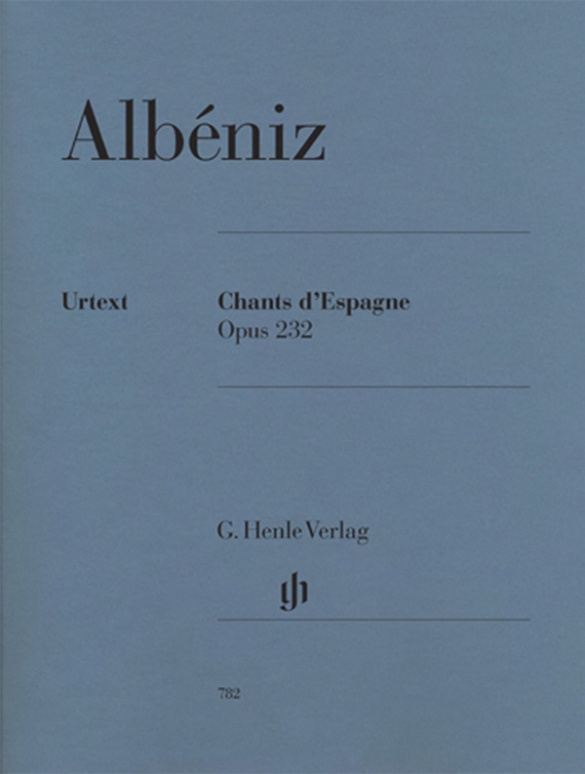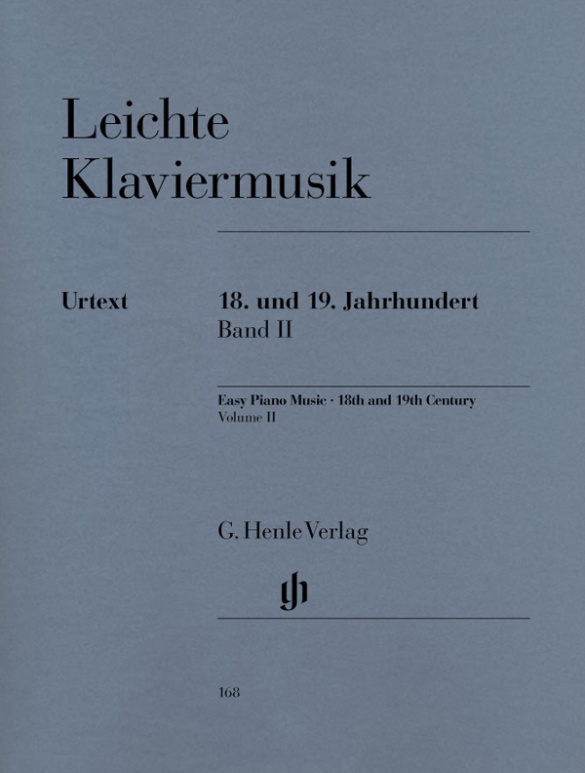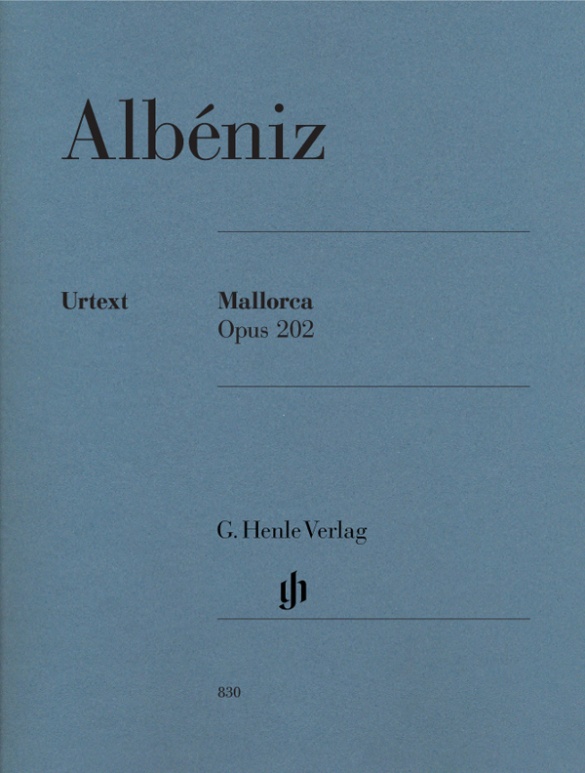

Isaac Albéniz
Mallorca op. 202
As with his famous “Asturias”, Albéniz’ transcription of “Mallorca” for guitar became a great deal more popular than the original version for piano. He probably composed this tender, dreamy “barcarolle” during his second trip to Mallorca in May 1890.
In so doing, he remained faithful to his penchant for portraying regions of his native land in music. Enrique Granados, who admired Albéniz as a friend and patron, is said to have sat down at the piano when the composer was on his deathbed and greatly moved him with a rendering of “Mallorca”. Today’s pianists can play this sophisticated work in an edition with superb engraving which also displays Henle’s customary faithfulness to the musical text.
Content/Details
About the Composer
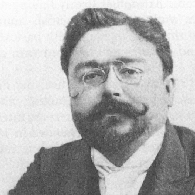
Isaac Albéniz
He numbers among the most important Spanish composers. His oeuvre consists predominantly of piano music and stage works.
| 1860 | Born in Camprodón (Gerona province) on May 29; soon thereafter his family moves to Barcelona; first piano instruction with his sister at age three and a half, first public performance at age five, subsequent piano studies with Narciso Oliveras. |
| from 1867 | Eventful youth due to concert tours with his father and sister to Paris, the Spanish provinces, then on his own to Puerto Rico and Cuba. |
| 1876–79 | Studies in Brussels. |
| 1883–86 | Studies composition in Barcelona with Felipe Pedrell, who persuades him of the value of Spanish folk music. This results in piano compositions such as “Recuerdos de viaje,” Op. 71 (1886–87); “España: Seis hojas de album,” Op. 165 (1890); “Cantos de España,” Op. 232 (1891–94). |
| 1889 | Breakthrough as a pianist, concertizing in Paris and London. |
| 1890–93 | Engaged in London by the agent Henry Lowenfeld; operetta “The Magic Opal” (premiere 1893). |
| 1893 | Relocation to Paris, studies with Vincent d’Indy and Paul Dukas. |
| 1895/96 | Premieres in Barcelona of his operas “Henry Clifford” (1895) and “Pepita Jiménez” (1896) with Spanish colorings in the libretti and music. |
| 1898–1903 | He plans the trilogy “King Arthur” (“Merlin,” “Lancelot,” “Guenevere”), of which just “Merlin” is completed; concert performance of the original version does not take place until 1998. |
| 1905–08 | Composes “Iberia,” one of his chief works for piano, in which he reworks the sounds and rhythms of Spanish folk music. |
| 1909 | Death in Cambô-les-Bains (Basses-Pyrénées) on May 18. |
About the Authors
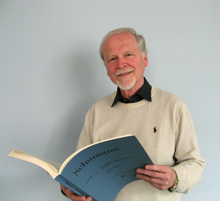
Rolf Koenen (Fingering)
As a pupil, Prof. Rolf Koenen, born in 1946 in Duisburg, had already had contact with Ewald Zimmermann, the first editor at the young publishing house. He studied the piano at the Folkwangschule in Essen with Detlef Kraus, with Ludwig Hoffmann in Munich and with Maria Tipo in Florence.
He gave concerts in a permanent duo partnership with Hansjörg Schellenberger, who was later to become the solo oboe player with the Berlin Philharmonic, and made several recordings with the Deutsche Grammophon-Gesellschaft, with Denon and Sony. Other chamber music partners included András Adorján, Stefan Dohr, Wolfgang Schulz, Claes H. Ahnsjö. Following a teaching position in Munich, Rolf Koenen was appointed as a professor at the Berlin University of the Arts in 1982.
Product Safety Informations (GPSR)

G. Henle Verlag
Here you can find the information about the manufacturer of the product.G. Henle Verlag e.K.
Forstenrieder Allee 122
81476 München
Germany
info@henle.de
www.henle.com
Die Ausgabe ist von gewohnt hoher Henle-Qualität.
VdM Literaturempfehlungen für den Unterricht, 2010Diese Ausgabe ist von gewohnt hoher Henle-Qualität. Ein Vorwort informiert über Hintergründe der Entstehung, die „Bemerkungen” am Ende des Heftes geben Aufschluss über die Quellenlage und machen Entscheidungen des Herausgebers nachvollziehbar.
NMZ, 2010De uitgave is overzichtelijk en goed verzorgd, zoals we van Henle gewend zijn. Bijzondere aandacht is gegeven aan zinvolle oplossingen voor grote grepen. Met haakjes is duidelijk aangegeven waar de handen bepaalde noten van elkaar kunnen overnemen, zodat akkoorden niet onnodig hoeven te worden gebroken.
Pianowereld, 2008recommendations
autogenerated_cross_selling
Further editions of this title


